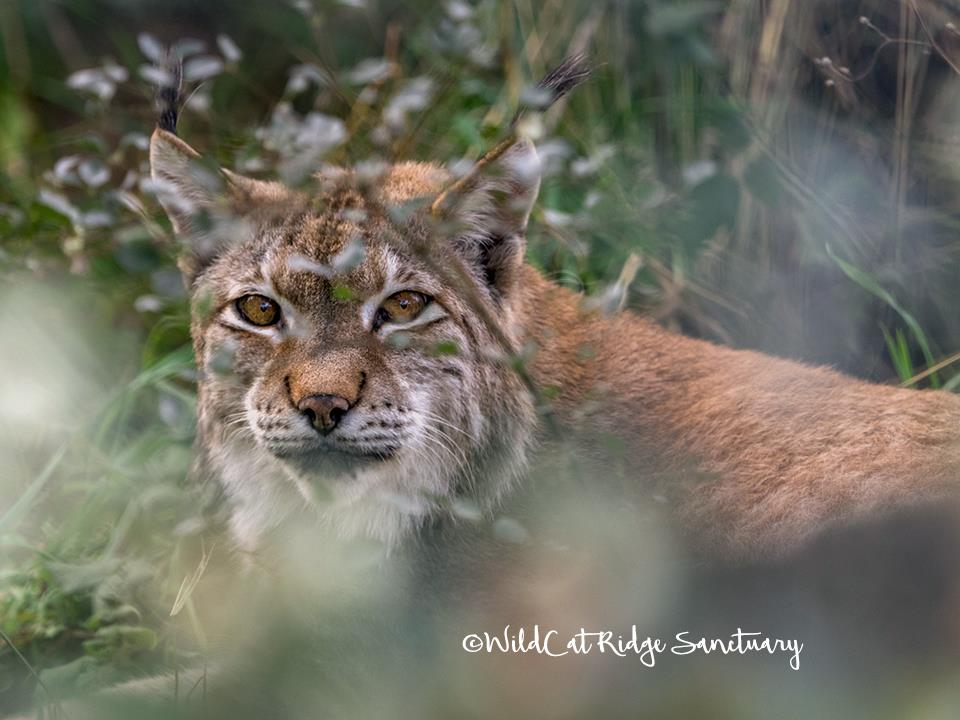
Lynx have hair on the underside of their broad paws providing traction on slippery surfaces.
A lynx has eyesight so strong that it can spot a mouse 250 feet away.
The unique tufts on the ears of a lynx enhance their hearing.
Lynx
The lynx is a solitary cat which lives in the remote forests of northern Europe, Asia and North America. The name “lynx” originated from a Greek word meaning “light” or “brightness”, presumably in reference to the luminescence on the lynx’s reflective eyes.
There are three subspecies of lynx, the Eurasian Lynx (sometimes called the Siberian Lynx), is native to European and Siberian forests. The Canadian Lynx is native to the forests and tundra regions of Canada and Alaska, as well as the Rocky mountains of the United States. The Iberian Lynx is native to the Iberian Peninsula in southern Europe and is the most endangered cat species in the world.
The lynx’s life expectancy is between 10 and 15 years in the wild and around 20 years in captivity.
Did you know?
In Greek, Norse, and North American myths, the lynx sees what others can’t, and its role is revealing hidden truths.
The lynx is not a fast runner. Since it does not chase the prey, it hunts from an ambush and uses the element of surprise.
The lynx has large furry paws that hit the ground with a spreading toe motion that makes them function as natural snowshoes.
Most lynx are found in areas that often have deep layers of snow for long periods of time, and their elongated limbs help them maneuver through the habitat.
The body of lynx is covered with beautiful, thick fur which is is usually light brown during the summer and grey during the winter.
Meet Our Lynx
Read Tasha's Tribute on our Memorials page.

